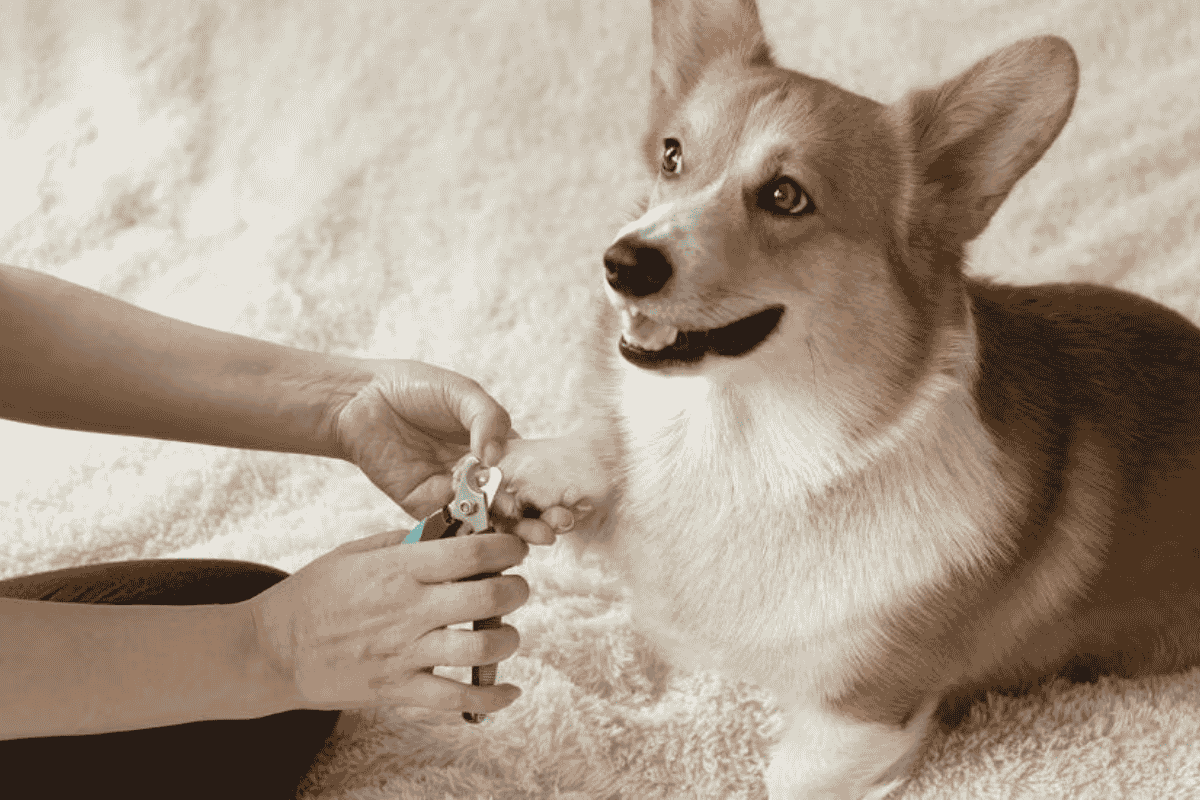1. Join a Veterinary Youth Pathway Program
Organizations like blendVET® offer Youth Pathways programs designed for middle and high school students (ages 12–15) who are passionate about animals and science. These programs give kids the chance to:
- Work in a mock veterinary lab station
- Rotate through areas like ER, surgery, and clinical pathology
- Learn from real veterinary professionals and practice managers
- Meet diverse mentors and hear career stories
Such hands-on experiences help children build confidence, spark curiosity, and see themselves in veterinary medicine—especially if they come from underrepresented communities.
Parents can stay engaged by exploring upcoming opportunities and watching educational videos like VETtalk to better understand the journey toward becoming a veterinary professional.
2. Volunteer at an Animal Shelter
Animal shelters often welcome youth volunteers to help with tasks such as:
- Filling food and water bowls
- Walking dogs or playing with cats
- Reading to pets to reduce their stress
- Cleaning cages or folding laundry
- Observing how staff perform health checks
These activities teach kids empathy, responsibility, and the realities of daily animal care. High school students may also explore veterinary assistant certification programs or join organizations like Future Farmers of America (FFA) and MANRRS for mentorship opportunities.
3. Enroll in Summer Veterinary Camps
Summer animal camps—such as horseback riding or equine health programs—offer a fun and structured way for kids to learn. Campers gain skills in:
- Grooming and feeding animals
- Hoof care and barn safety
- Understanding equine and farm animal health
These camps help children see that animal care is about dedication and consistency, not just fun playtime. Always check that camps follow safety guidelines and are properly licensed.
4. Start a Pet-Sitting Business in Your Neighborhood
Pet-sitting is a hands-on way for children to practice responsibility. Tasks might include:
- Feeding a neighbor’s cat
- Walking a dog
- Cleaning small pet cages
Parents can guide their child in starting small—perhaps helping a trusted neighbor first—before expanding. You can also assist them in creating flyers or supervised online posts. Practicing with family pets helps build confidence before taking on real clients.
5. Read Pet Health Books and Watch Animal Shows Together
Learning at home can be just as valuable as hands-on experiences. Try:
- Reading veterinary or animal care books (check local libraries for titles like Vet Set Go)
- Watching educational programs such as:
- Critter Fixers
- Dr. Oakley, Yukon Vet
- Pop Goes the Vet with Dr. Joya
- The Zoo
- Turning shows and books into learning games, like asking your child how they would treat a sick animal.
This helps children grow their knowledge while keeping learning fun and interactive.
6. Encourage Curiosity and Celebrate Progress
Sometimes the most powerful support is simply fostering curiosity. Ask questions such as:
- “Which animal would you love to care for most?”
- “What did you learn today about pets?”
- “If you were a vet for a day, what would you do?”
Everyday activities—like visiting a zoo, walking your dog, or browsing a pet supply store—can become learning opportunities. By celebrating small steps, you show your child that their passion is valued and achievable.
Why This Matters
The veterinary field needs diverse voices and perspectives. By supporting your child through volunteering, camps, reading, and professional programs, you help shape the future of animal health care.
The dream of becoming a veterinarian doesn’t have to wait until adulthood—kids can begin exploring, learning, and building confidence right now. And who knows? That curious animal lover in your home might one day be the veterinarian caring for your family pet.












